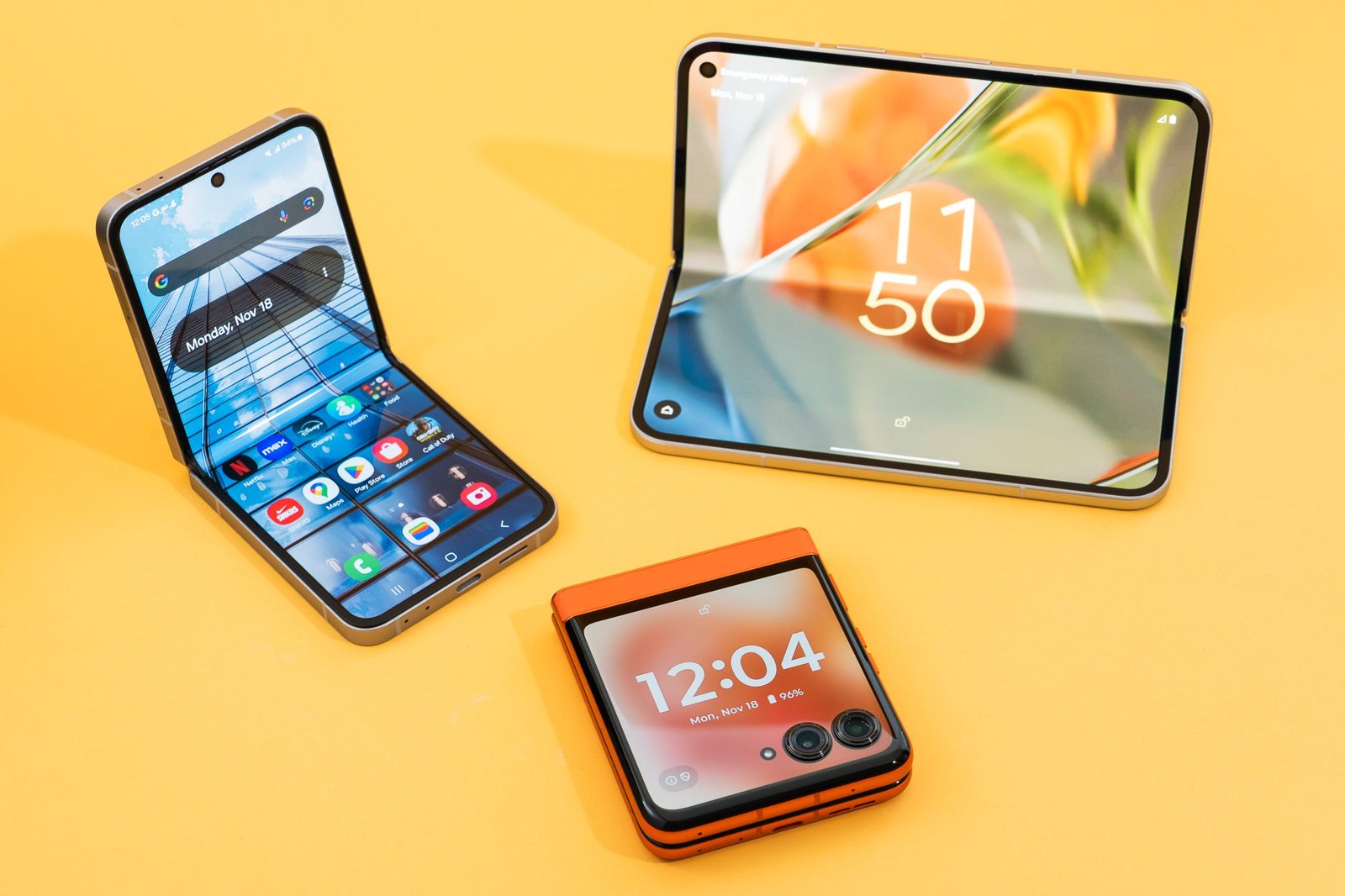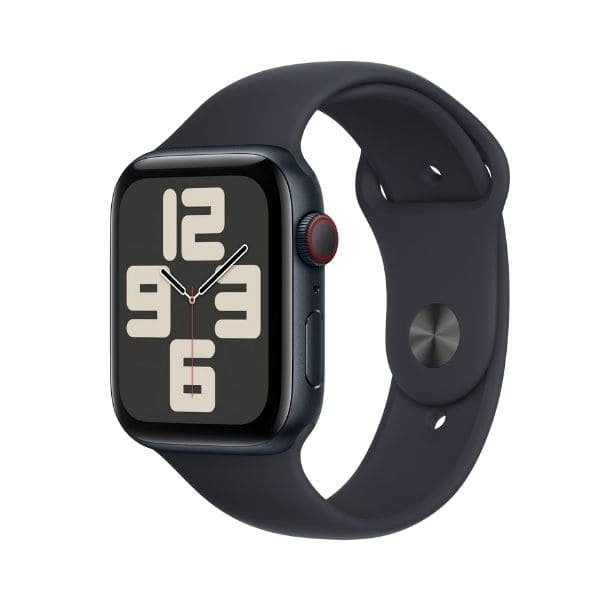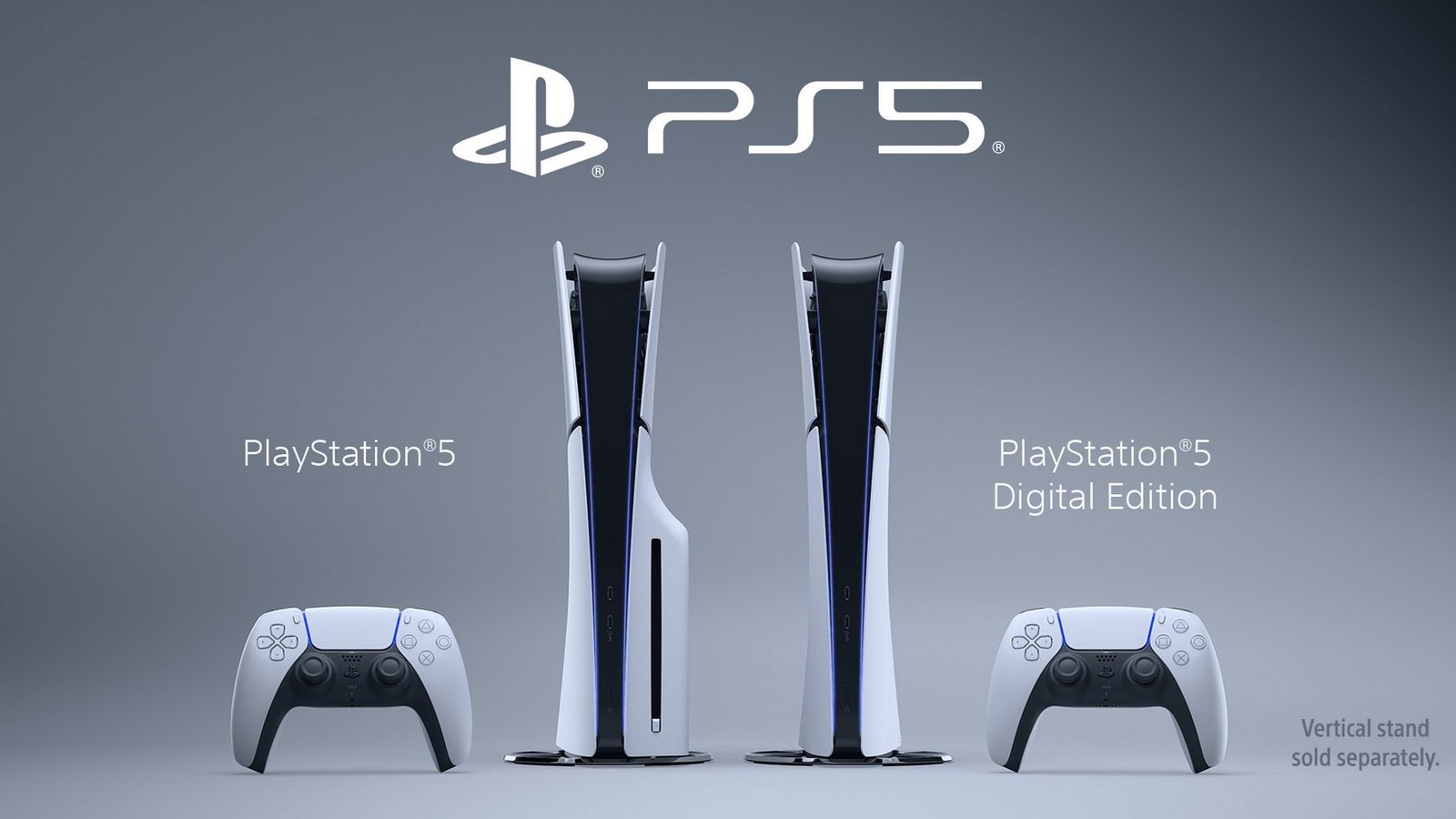Table of Contents
For the past decade, our smartphones have gotten stuck in a rut. They are incredible, powerful, boring black rectangles. Every new model is a slightly faster version of the last boring black rectangle. But on the horizon, a new shape has been emerging, and the future of foldable phones is finally looking bright, reliable, and ready for your pocket.
Let’s be honest, the first generation of foldables was… rough. They were the tech equivalent of a sci-fi prop: incredibly cool, astronomically expensive, and about as durable as a chocolate teapot. They creaked, the screens felt squishy, and you were terrified to even look at them wrong.
But that was then. Today, after several generations of refinement, the foldable phone has grown up. It’s no longer a fragile tech demo; it’s a mature and compelling alternative to the boring slab. Here are the four key reasons why foldables are finally about to go mainstream.
1. They Don’t Break If You Look at Them Funny (Durability)
The number one fear that held people back from buying a foldable was durability. The idea of a folding glass screen just sounded like a disaster waiting to happen.
But the technology has improved dramatically.
- Stronger Screens: Most modern foldables now use “Ultra-Thin Glass” (UTG). It’s real, bendable glass that feels much more premium and scratch-resistant than the early plastic screens.
- Tougher Hinges: The complex hinges that allow the phone to open and close are now engineered to be much stronger and are often rated for hundreds of thousands of folds. They’re designed to last for years of daily use.
- Water Resistance: The first foldables would die if they saw a raincloud. Now, top-tier models like Samsung’s Galaxy Z Fold and Z Flip series come with an IPX8 water resistance rating. You still don’t want to take them to the beach, but they can survive an accidental drop in the sink.
The fear factor is fading. These phones are now built to withstand the rigors of everyday life.
2. They No Longer Cost More Than a Used Car (Price)
Let’s face it, early foldables were priced for tech YouTubers and millionaires. They were a status symbol. While the newest, top-of-the-line models are still very expensive, a key factor in the future of foldable phones is affordability.
- Prices are Dropping: New models are launching at slightly more reasonable prices, often in line with a traditional “Pro” or “Ultra” flagship phone.
- The Second-Hand Market is Growing: You can now buy a fantastic, one or two-year-old foldable for a fraction of its original price. This makes the technology accessible to a much wider audience.
- More Competition: As more companies enter the market, prices are naturally being driven down.
They’re still premium devices, but they’ve moved from “astronomically expensive” to “normal, ‘ouch that’s expensive’ flagship phone” territory.
The Future of Foldable Phones: A Quick Look
| Reason for Going Mainstream | The Old Problem | The New Reality |
|---|---|---|
| Durability | Fragile screens & weak hinges | Ultra-Thin Glass & water resistance |
| Price | Unattainably expensive | Approaching normal flagship prices |
| Software | Janky, stretched-out apps | Android is now optimized for big screens |
| Competition | Basically just Samsung | Google, OnePlus, and more are joining |
3. The Software Doesn’t Feel Like a Stretched-Out Mess Anymore
Early on, using a foldable felt like you were just using a phone app that was having an identity crisis on a bigger screen. Things didn’t fit right, and multitasking was a nightmare.
This has been completely fixed. Google saw the trend coming and built support for foldables directly into Android.
- Optimized Apps: Most major apps are now designed to adapt seamlessly when you open the phone, taking full advantage of the larger screen.
- Taskbar & Multitasking: Modern Android on a foldable has a PC-like taskbar, making it incredibly easy to drag and drop apps into split-screen view. You can have your email open on one side and a web browser on the other. It’s a productivity game-changer.
- “Flex Mode”: On flip-style phones, you can now bend the phone to a 90-degree angle and place it on a table. The software adapts, putting the video on the top half and the controls on the bottom half. It’s like having a tiny, built-in tripod for video calls and watching content.
4. Everyone is Joining the Party
For a long time, if you wanted a foldable, you were basically just buying a Samsung. Now, the cool kids’ table is getting crowded, which is the best sign that a technology is here to stay.
- Google’s Pixel Fold brought a different design and its legendary camera software to the foldable space.
- OnePlus Open launched to critical acclaim with a focus on a thinner, lighter design and a nearly creaseless screen.
- Other brands like Motorola and Honor are producing compelling options, especially in the “flip” category.
When the biggest players in tech are all investing billions into a new form factor, you know it’s not just a passing fad. The competition is driving innovation, improving quality, and making the entire category better for consumers.
Conclusion: The Future is Folding
The future of foldable phones is no longer a question of “if,” but “when.” The major hurdles of durability, price, and software have been largely overcome.
What’s left is a new, exciting, and genuinely useful category of device that offers something a boring black rectangle never could: versatility. It’s a phone when you need it to be, and a tablet when you want it to be. And as the technology continues to improve and become more affordable, don’t be surprised if your next phone doesn’t just sit flat.
What do you think? Are you ready to make the switch to a foldable phone? Let us know in the comments!






Leave a Reply
You must be logged in to post a comment.